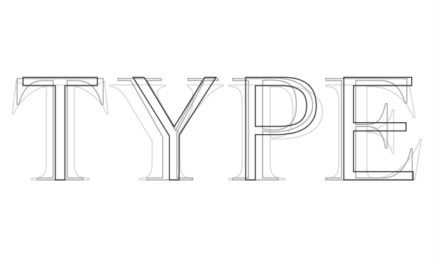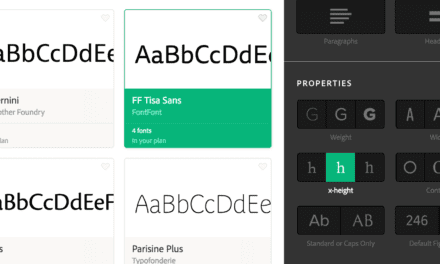ARTICLE SUMMARY: Around 1958 Professor John E. Arnold came up with the “Human-centered”. approach to design problem solving that would take into account more than just the end users.
Fast forward to 1986 when Donald A. Norman and Stephen W. Draper introduced the “User-Centered Design System” concept of designing products or services based on users needs.
There is a fine line between “Human-centered design” to “User Centrism design” and “User Centrism: The UI/UX Impact” will show you the difference between the two and how to design for User Centrism. You will be looking at the
- User-centered design philosophy
- Benefits of a user-centric interface
- UI/UX design trends to follow
The goal is to have an interface that is effortlessly navigable, direct in its call-to-action, and offers users an intuitive journey. To do this you need to learn how to strike a balance between aesthetics and functionality without compromising one for the other.
A user-centric interface in today’s landscape is not just a preference but a necessity. It’s the cornerstone that ensures digital products and services meet and exceed user expectations, fostering loyalty, engagement, and sustained success.
This is a great article for new and seasoned designers alike.
Let us know what you think in the comments.




